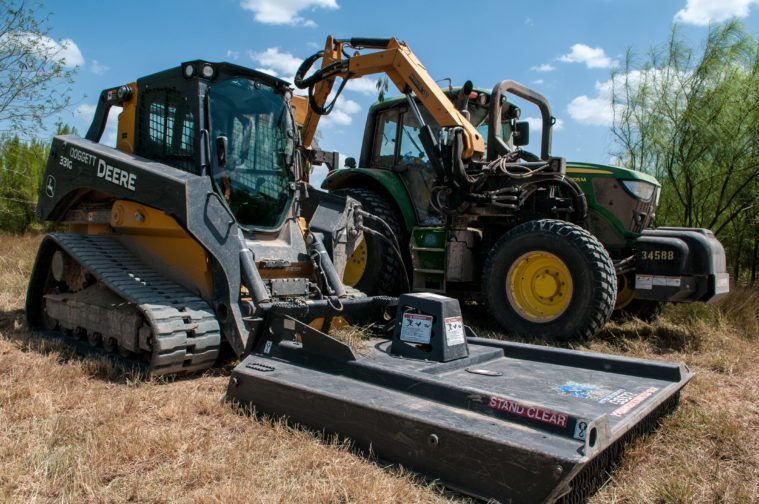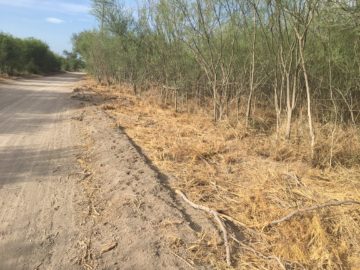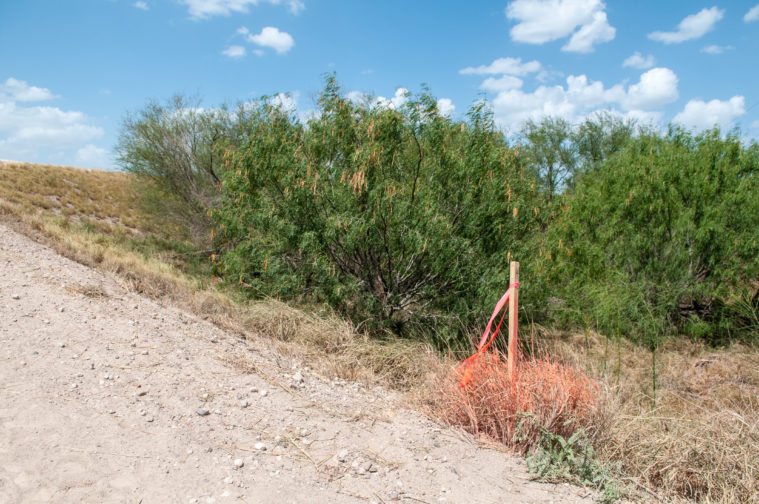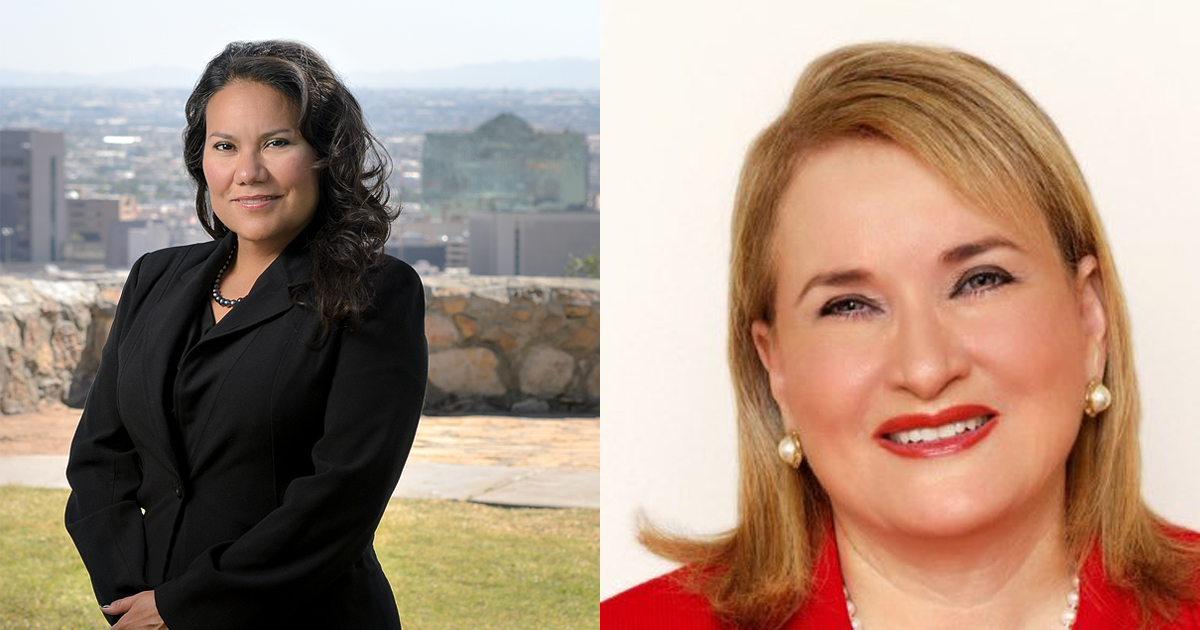
National Butterfly Center Founder: Trump’s Border Wall Prep ‘Trampling on Private Property Rights’
Staff discovered workers with chainsaws on the center's private sanctuary clearing the way for Trump’s border wall in South Texas.

On July 20, Jeffrey Glassberg discovered that the Trump administration planned to build a wall through the National Butterfly Center in South Texas — a 100-acre sanctuary for the monarch butterfly and other threatened species. The founder of the center wasn’t notified in writing by the U.S. Department of Justice, as required by law. Instead, he found out when a group of workers with chainsaws began tearing through specially planted habitat on the privately owned land.
“This is a much bigger issue than the National Butterfly Center,” Glassberg told the Observer. “There’s a procedure the government could follow with due process. But they’ve decided — like with so much else — to just ignore the law, trampling on private property rights. The complete disrespect for the legalities of this country is something that ought to concern every American regardless of how they feel about a border wall.”
The surprise visit came less than a week after July 14, when the Observer revealed that the Trump administration had been secretly planning for six months to build the first segment of border wall through the Santa Ana Wildlife Refuge, which is 19 miles east of the Mission, Texas, butterfly center.
Last week, the U.S. House approved an appropriations bill that includes $1.6 billion for 60 miles of new border wall in the Rio Grande Valley. The funding awaits approval from the Senate, which will return from its recess in September.

Marianna Treviño-Wright, director of the National Butterfly Center, said she was startled to find the work crew cutting down trees with a chainsaw and clearing swaths of vegetation with a brush mower along a road that follows a flood-control levee bisecting their property. Wright says the center has spent the last 15 years painstakingly restoring the 100 acres of former onion field into a habitat with flowers and trees for more than 200 species of butterflies.
“The supervisor of the work crew couldn’t produce any paperwork authorizing him to be there on our private property,” Wright told the Observer. “He told me not to talk to his crew and that U.S. Customs and Border Protection (CBP) would be in touch, and then they left.”
Wright contacted her local Border Patrol liaison. The last time border wall was constructed in South Texas — after passage of the Secure Fence Act in 2006 — the Bush administration put local Border Patrol sectors in charge of communicating with landowners regarding the construction of wall on their land. But this time CBP seemed out of the loop, said Wright.
Five Border Patrol agents arrived at the center the next day unannounced. “They told me there was no way what I was reporting about the work crew clearing vegetation could be true,” Wright said.
She took the men across the levee road to show them the heavy machinery that had been left behind and the areas that had already been cleared for a 150-foot “border enforcement zone” where lights, surveillance and roads will be added on either side of the proposed wall. The agents were surprised by what they saw, said Wright. “They had no idea this was going on,” she said.

A few days later, on August 1, Manuel Padilla, chief of the Border Patrol’s Rio Grande Valley sector, paid an unannounced visit to the center. According to Wright, Padilla said his No. 1 priority was to start construction of a wall in neighboring Starr County. But the administration had chosen Santa Ana Wildlife Refuge first, because it was government-owned land.
Wright told Padilla that the center was considering putting up a gate on their private road to prevent the contractors from entering their property. But Padilla told her that within 25 miles of the international border, the CBP had authority to enter private property and could cut the lock off the gate. He also told her that any work crew on the levee would now have a “green uniform presence,” which means an armed Border Patrol agent on guard.
CBP officials didn’t immediately respond to a request for comment Friday.
The levee, where the border wall will be built, is more than a mile inland from the Rio Grande. The administration plans to build a combination concrete levee and steel bollard wall as high as 18 feet. Wright said 70 percent of their property will be between the river and wall and that it will cut off the visitor center from the rest of the sanctuary — similar to what would happen in the Santa Ana Wildlife Refuge.
Glassberg, who lives in New Jersey, said the July 20 incident and the realization that a wall could be built through the center was especially devastating for him because his wife died the same day he received the news. The two had dedicated their lives to creating the butterfly sanctuary. “My wife was up with me at 2 a.m. when they poured the foundation for the visitor’s pavilion,” Glassberg said. Since 2002, when it opened, more than $7 million has been raised and invested in the National Butterfly Center, he said. It draws people from all over the country who come to view the monarch butterfly, the Mexican bluewing, the red-bordered pixie and dozens of other species.
“There isn’t a better place in the United States to see butterflies than the lower Rio Grande Valley,” he said. “On a perfect day you can see 100 different species — as many as 200,000 individual butterflies — it’s a special place. But with all of this going on it basically endangers the whole thing.”


